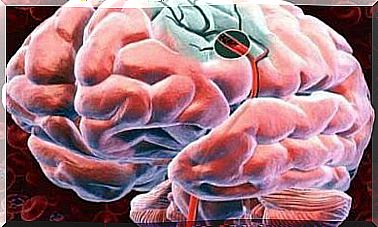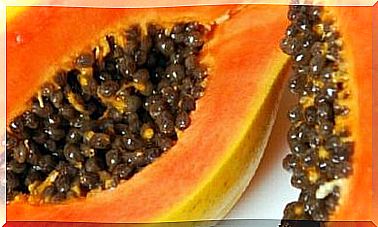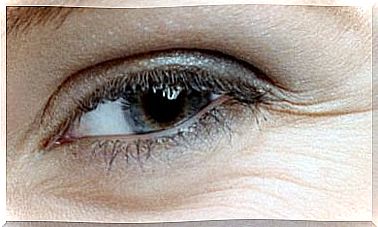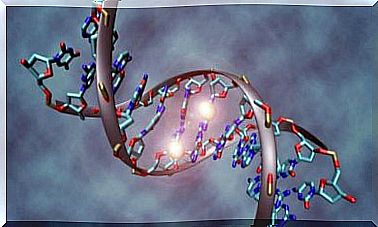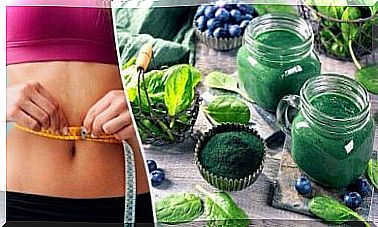Do You Know How The Human Body Absorbs Glucose?
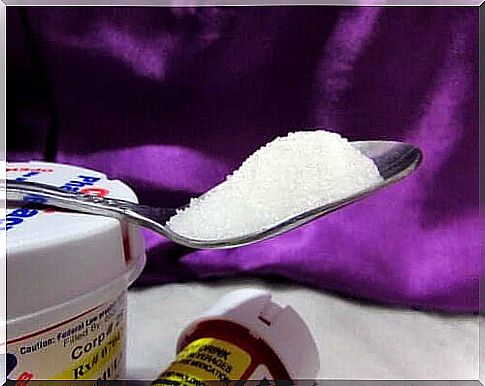
Although glucose is very important for the normal functioning of our body, we only need it in moderate amounts. We can have serious health problems when our glucose levels are too high or out of control. That is why it is very important how our body absorbs glucose.
Glucose is a monosaccharide containing 6 carbon atoms. It is a form of sugar and is one of the most abundant organic compounds on Earth.
One of its main functions for humans is to provide energy for all body cells. Sugars are essential food for many of our organs, such as the brain and other tissues. Along with lipids, it is one of the main energy substances. So when the body absorbs glucose , it provides itself with an important source of energy.
Glucose and sugar are not the same thing
There are two relationships here which we should not confuse. Sugar (sucrose) is a related chemical compound that consists of glucose molecules and fructose molecules.
Although the body absorbs glucose after the sugar is broken down, we do not need sugar as such in our diet. What the body needs to function is glucose. As we will see below, it can also come from other sources.
Main sources of glucose
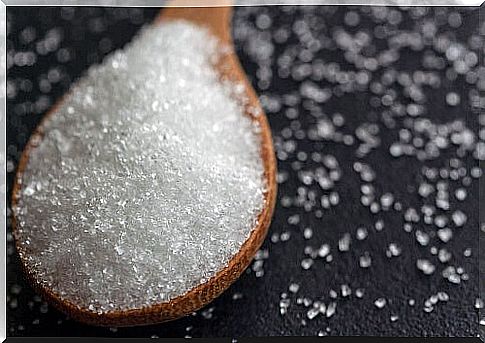
We usually consume glucose in the form of carbohydrates and sugar. The most popular are bread, pasta, rice, vegetables, fruit and dairy products.
All carbohydrates supply glucose to our body when it is broken down. The only exception is fiber. Since our body does not have the proper enzymes to break it down, it passes intact through the digestive tract until it reaches the colon. There, our intestinal bacteria will be responsible for digesting it.
It should be noted, however, that the body also has other energy acquisition pathways that it activates in the absence of carbohydrates. When you digest fat and protein, other metabolic pathways are activated, and the body also uses glucose.
How does the body absorb glucose?
When we eat carbohydrate-rich foods, digestion begins. It starts with the mouth and ends in the small intestine. Thanks to enzymes, digestive juices and digestive system movements, we convert carbohydrates complex into glucose.
The glucose molecules then pass into the small intestine. But from there, they still cannot be absorbed by our cells yet.
Once in the small intestine, they pass into the blood. This is where the pancreas and insulin come into play. When the brain detects the presence of glucose in the blood, it sends a signal to the endocrine gland to release insulin. Normally, the pancreas continuously secretes the insulin it needs.
We could say that insulin is like the key that unlocks the cell’s door so that glucose can get into them. Inside the cell, it can finally serve as an energy source.
Our body uses glucose differently depending on its source
Although both sugar and carbohydrates provide the body with energy, the absorption of glucose in the body is not the same when we consume different sources of glucose.
Some foods are essentially high in simple sugar: honey, table sugar, syrups, soft drinks, or fruit juices. Quickly digested glucose also reaches the blood faster, causing spikes in blood glucose levels. In response, the pancreas also secretes more insulin, the levels of which increase in the blood.
One consequence of this response is that the action of insulin is followed by a sharp drop in blood glucose, leading to hypoglycaemia. This can make you feel hungry, dizzy, blurred or double vision, and even a headache.
On the other hand, when we eat complex carbohydrate-rich foods (whole grains and high-fiber foods), glucose is absorbed in the body differently. The process is slower and more progressive.
As a consequence, insulin also appears in the blood in a more balanced way. The blood glucose level remains constant and lasts for a long time, thus avoiding sudden spikes and dips in energy.
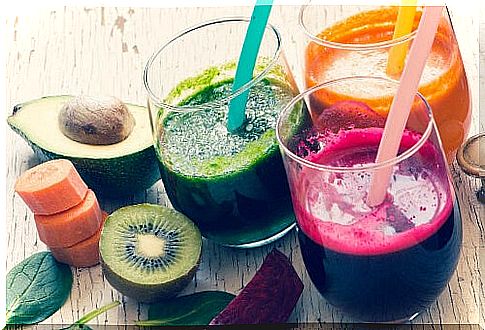
Health consequences of consuming simple sugars
We have already seen that eating simple sugar-rich foods causes spikes in insulin and blood glucose. If this occurs continuously, it poses a greater risk of developing diseases such as cardiovascular disease, high blood pressure and metabolic syndrome. In many cases, it also leads to obesity.
In addition, there is a risk that our pancreas will stop working normally or that our cells will develop insulin resistance. If this happens, your blood glucose levels will be constantly high – this is known as diabetes.
The body needs good glucose
As we have seen, rapid [glucose absorption] causes an alternating increase and a decrease in energy during the day. And in the long run, it causes problems with insulin resistance and type 2 diabetes.
The best way to avoid such consequences is to eat fresh foods rich in complex carbohydrates. So fruits and vegetables, whole grains, root vegetables and dairy products should be the basis of a healthy diet.


